Table of Contents
The border between AR (Augmented Reality) and VR (Virtual Reality) is getting as narrow as possible, hardly allowing any air to pass through. A long time ago, AR & VR only used to be a part of imaginary words flowing through Sci-fi writers, but today, we can experience the same in real life. There is no doubt that VR has been the next big thing in the tech industry for quite a long time now, reducing the gap between the real and the imaginary world. At the same time, augmented reality adds real-world objects into the human world. Simply put, one can pick any random object in their home while playing a video game and throw it on the virtual character. This is the perfect example of the combination of AR & VR, also popularly known as “Mixed Reality.” It is quite difficult for anyone to discover the differences between Augmented Reality, Virtual Reality, and Mixed Reality and this blog will provide in-depth information about the entire field.
AR development services offer cutting-edge experiences that take user interactions to new heights. Through immersive interactions, real-time information, and personalized content, AR apps provide captivating and engaging experiences for your target audience.
Transform Your Ideas with AR & VR App Development
Elevate user experiences with cutting-edge AR/VR apps. Contact us to create immersive, innovative solutions today!
Get A Free QuoteSo, let’s get started with the basic difference between Augmented Reality, Virtual Reality and Mixed Reality all three technologies.
What Is The Difference Between AR, VR and MR?
| Augmented Reality (AR) | Virtual Reality (VR) | Mixed Reality (MR) |
| Augmented Reality (AR) is an innovative technology that overlays digital content, such as images, videos, or 3D models, onto the physical world. By blending virtual and real-world elements, AR enables users to interact with digital content in real-time, enhancing their perception of reality. | Virtual Reality (VR) is an immersive technology that transports users into a simulated digital environment. Utilizing VR headsets and controllers, users become fully immersed in computer-generated surroundings, offering a captivating and interactive experience. | Mixed Reality amalgamates the features of both AR and VR. MR seamlessly integrates virtual objects into the real-world environment, enabling digital content to interact with physical surroundings. This fusion enhances immersion and interactivity, providing users a unique and engaging experience. |
What Is The Main Difference Between Augmented Reality, Virtual Reality and Mixed Reality?
| Aspect | Augmented Reality | Virtual Reality | Mixed Reality |
| Realism | Overlay of digital content into real world | Complete immersion in virtual environment | Merging of virtual and real elements |
| User Awareness | User remains aware of real world | User is isolated from real world | User interacts with both real & virtual |
| Device | AR glasses & smartphones | VR headsets & devices | MR headsets & glasses |
| Interaction | Real-world interaction with digital overlay | Virtual environment interaction | Interaction with merged environment |
Core Applications of Augmented Reality, Virtual Reality and Mixed Reality
Immersive technologies, namely AR (Augmented Reality), VR (Virtual Reality), and MR (Mixed Reality), collectively aim to revolutionize user experiences by offering unparalleled levels of engagement and interaction.
As mentioned above, AR provides room for an ideal combination of the real & physical world where the interactions are made in real-time. On the other hand, VR focuses on creating artificial computer-generated environments which allow isolation of users from the real world. MR or mixed reality aims at offering seamless integration of virtual and real-world elements.
The Popular Applications Of All Three Technologies Include:
- Gaming.
- Education.
- Training.
- Designing.
- Healthcare and
- Entertainment.
Use cases of AR, VR, and MR
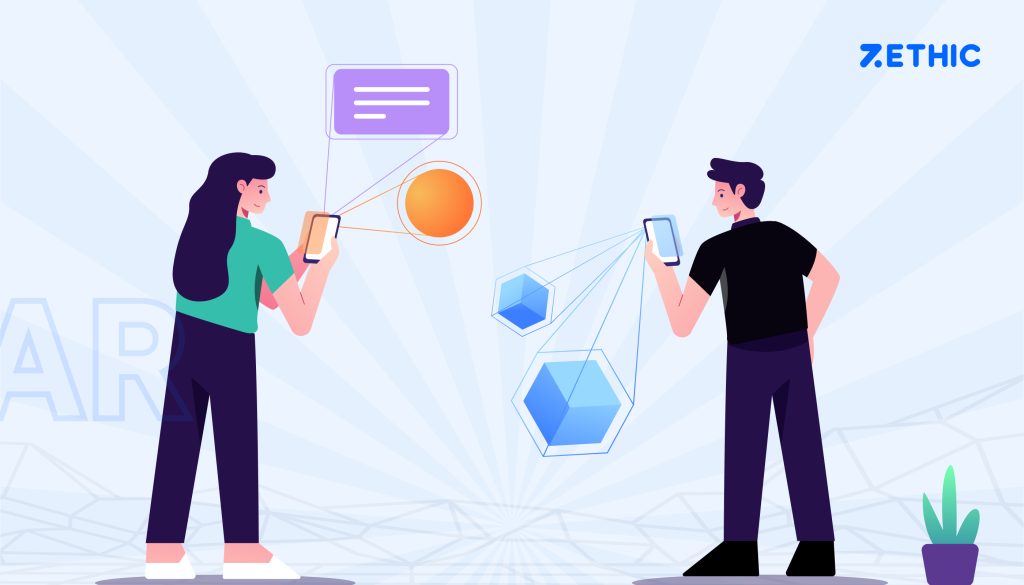
AR Application Development
- Augmented Reality Gaming: In the gaming industry, AR offers unique experiences like Pokémon GO, where players use smartphones to catch virtual creatures in the real world. AR enhances tabletop gaming by bringing physical board games to life with interactive digital elements. Companies that use AR in gaming: Harry Potter: Wizards, Pokemon Go, Jurassic World Alive.
- Augmented Reality Retail: AR transforms the retail experience by enabling virtual try-ons for clothing and accessories, allowing customers to see how products look before purchasing. It also enhances in-store navigation, providing interactive product information and personalized recommendations. Companies that use AR in retail: IKEA, L’oreal, Alibaba
- Augmented Reality Education: AR enriches learning by overlaying educational content onto real-world objects. For instance, anatomy students can explore 3D models of the human body, while history students can virtually visit historical sites and interact with historical figures. Companies that use AR in Education: Google expeditions, Zspace, and Quiver Vision.
Enhance Reality with AR App Development
Create interactive AR apps to elevate user engagement. Get started with custom AR solutions today!
Get A Free QuoteZethic, a Leading Augmented Reality App Development Company, specializes in creating cutting-edge augmented reality solutions for various industries. With a track record of delivering immersive and innovative AR applications, Zethic collaborates with gaming, retail, education, and more clients to transform their ideas into reality, enhancing user experiences and driving business growth.
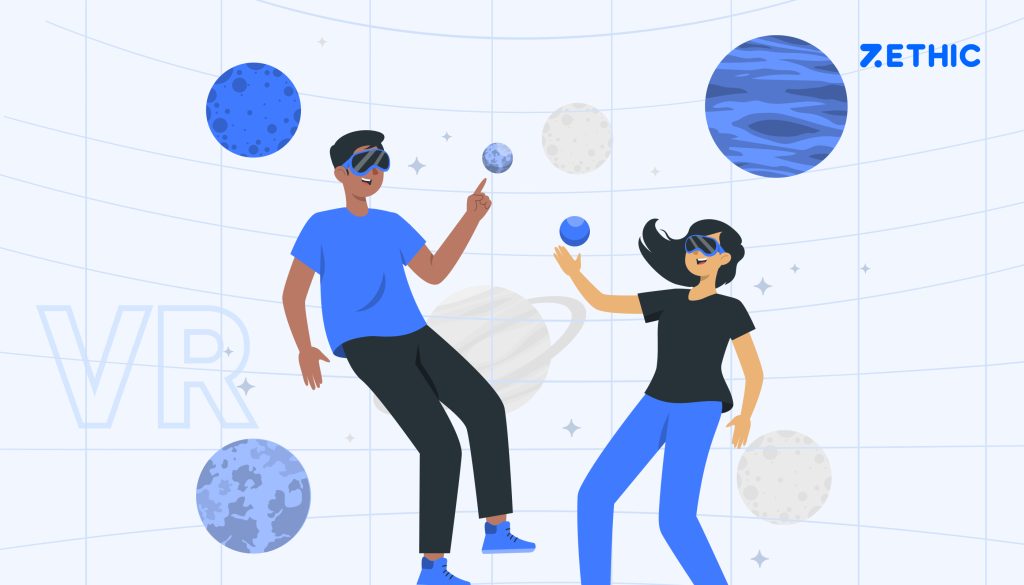
VR Practical Applications
- Virtual Reality Gaming: VR gaming immerses players in lifelike virtual environments, offering unparalleled experiences. Players can explore fantasy worlds, engage in realistic simulations, and enjoy interactive storytelling. Companies that use VR in gaming: Sony Interactive, Valve, Oculus.
- Virtual Reality Training: VR is utilized for practical training in various industries, like flight simulators for pilots, virtual medical training for surgeons, and simulated scenarios for military personnel and emergency responders. Companies that use VR in training: STRIVR, Virtual Speech, Simx.
- Virtual Reality Entertainment: VR enhances entertainment experiences, from immersive virtual concerts and theatre performances to interactive storytelling in movies and TV shows. Users can feel like they are part of the content they consume. Companies that use VR in entertainment: IMAX VR, The VOID, Dreamscape Immersive
Revolutionize with VR App Development
Immerse your audience with stunning VR experiences. Contact us for cutting-edge VR app solutions!
Get A Free QuoteZethic crafts advanced VR development as a premier virtual reality app development company across industries. Boasting a history of delivering immersive, inventive VR applications, Zethic partners with gaming, retail, education, and diverse clients, turning concepts into tangible experiences, amplifying user engagement, and fostering business expansion.
MR in Architecture, Engineering, and Design
- Mixed Reality Architecture: MR enables architects to visualize and present 3D models of buildings directly in real-world environments, allowing stakeholders to experience structures before construction begins, making design decisions more informed. Companies that use MR in architecture: Trimble, Visual live, Morpholio.
- Mixed Reality Engineering: MR assists engineers by overlaying virtual data onto physical machinery, facilitating real-time monitoring, maintenance, and repairs, enhancing efficiency, and reducing downtime. Companies that use MR in Engineering: Scope AR, Holo-Light, Design interactive.
- Mixed Reality Design: MR revolutionizes product design by enabling designers to interact with virtual prototypes in the physical world. They can make real-time modifications and assess how designs fit into real environments. Companies that use MR in design: Gravity Sketch, Sketch AR, roOmy
Innovate with MR App Development
Blend physical and digital worlds through advanced MR apps. Reach out for immersive MR app development!
Get A Free QuoteThese immersive technologies are continually evolving, offering innovative solutions across industries and shaping the future of how we interact with the digital and physical worlds.
Market Adoption:
In recent years, the global AR, VR, and MR technologies market has experienced remarkable growth, with projections indicating it will reach a substantial value by 2023 and continue expanding. VR adoption is most prominent in gaming and entertainment, while AR finds significant use in retail and education.
The Future Prospects of Augmented Reality, Virtual Reality and Mixed Reality
The future prospects of Augmented Reality, Virtual Reality, and Mixed Reality are incredibly promising. As technology advances, these immersive technologies will become more sophisticated, affordable, and accessible to the general public. AR will seamlessly integrate into daily life, enhancing navigation, shopping, and communication. VR will offer more realistic and immersive experiences, revolutionizing gaming, training, and entertainment. MR’s potential in industries like architecture, engineering, and design will continue to grow, optimizing collaboration and visualization. As these technologies converge, the boundaries between virtual and real will blur, transforming how we interact with digital content and the physical world. The widespread adoption of AR, VR, and MR will reshape industries, opening up limitless possibilities for innovation and progress.
AR, VR and MR User Experience
Augmented Reality, Virtual Reality, and Mixed Reality offer distinct user experiences in terms of immersion and interaction. VR provides the highest level of immersion, fully transporting users to virtual worlds. AR, while immersive, retains awareness of the real environment, offering more interaction possibilities with physical objects. MR strikes a balance, blending virtual and real elements for seamless interaction. These technologies enhance user engagement by creating captivating experiences, enabling practical training simulations, and fostering interactive learning. They also boost productivity through remote collaboration, virtual meetings, and real-time data visualization, empowering businesses to make informed decisions.

AR, VR and MR Accessibility and Affordability
Accessibility of AR, VR, and MR technologies has improved over the years, with consumer-friendly devices and apps becoming more prevalent. However, VR still requires dedicated hardware, limiting accessibility for some users. AR and MR, with their mobile applications and smart glasses, offer more accessible options. As technology advances, costs for both consumers and businesses are gradually decreasing. While VR may be costlier due to high-end headsets, AR and MR solutions are becoming more affordable, making them viable for various industries, from entertainment to education and enterprise applications.
Conclusion
In conclusion, AR, VR, and MR are distinct immersive technologies that enhance human-computer interactions in unique ways. AR’s potential of overlaying the digital content with real-world, VR immerses users in virtual environments, and MR seamlessly blends virtual and physical elements. Embracing these technologies can revolutionize industries like gaming, education, retail, and design, encouraging innovation and enhancing user experience. Experience the future with Augmented Reality, Virtual Reality, and Mixed Reality!



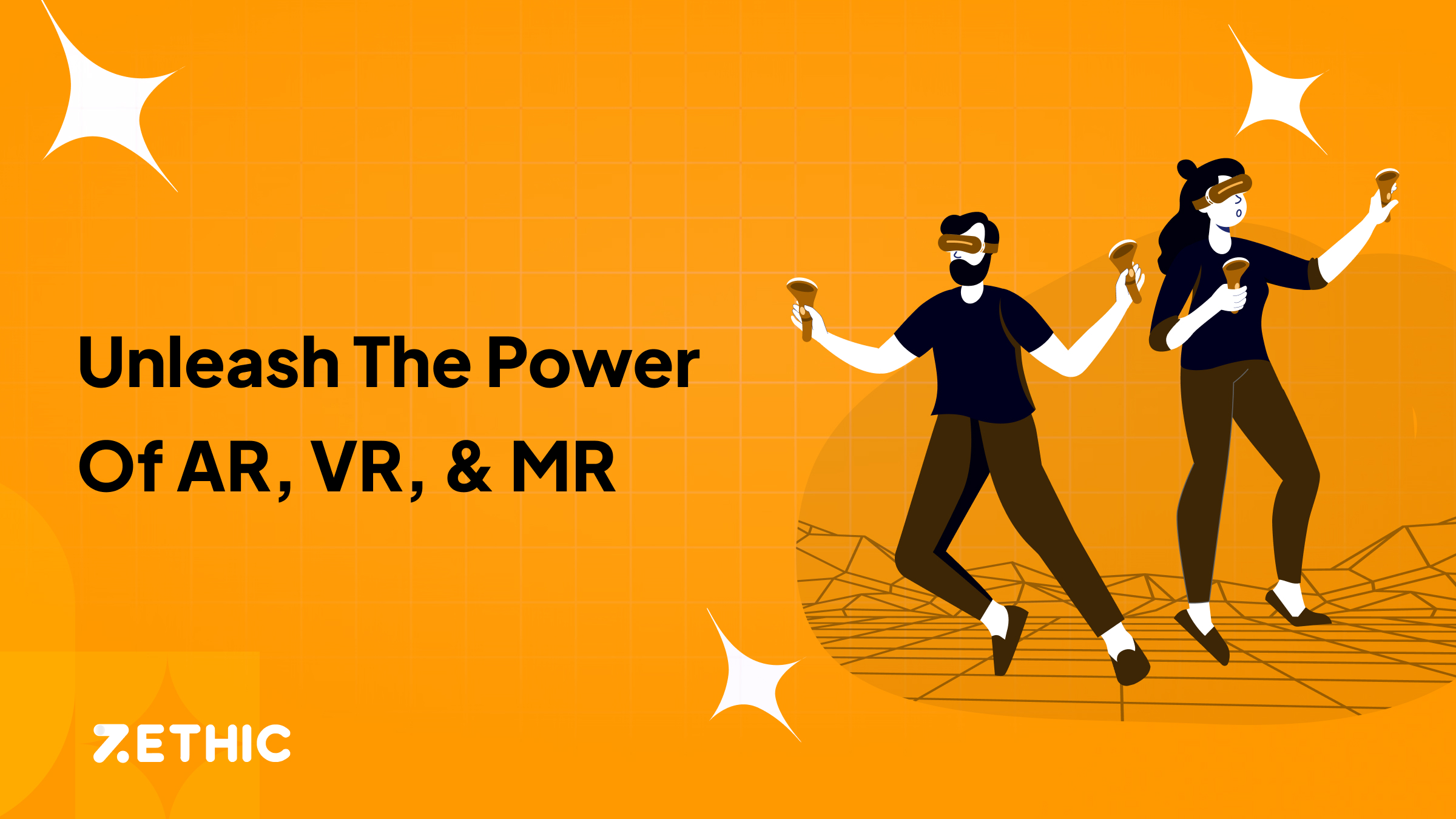

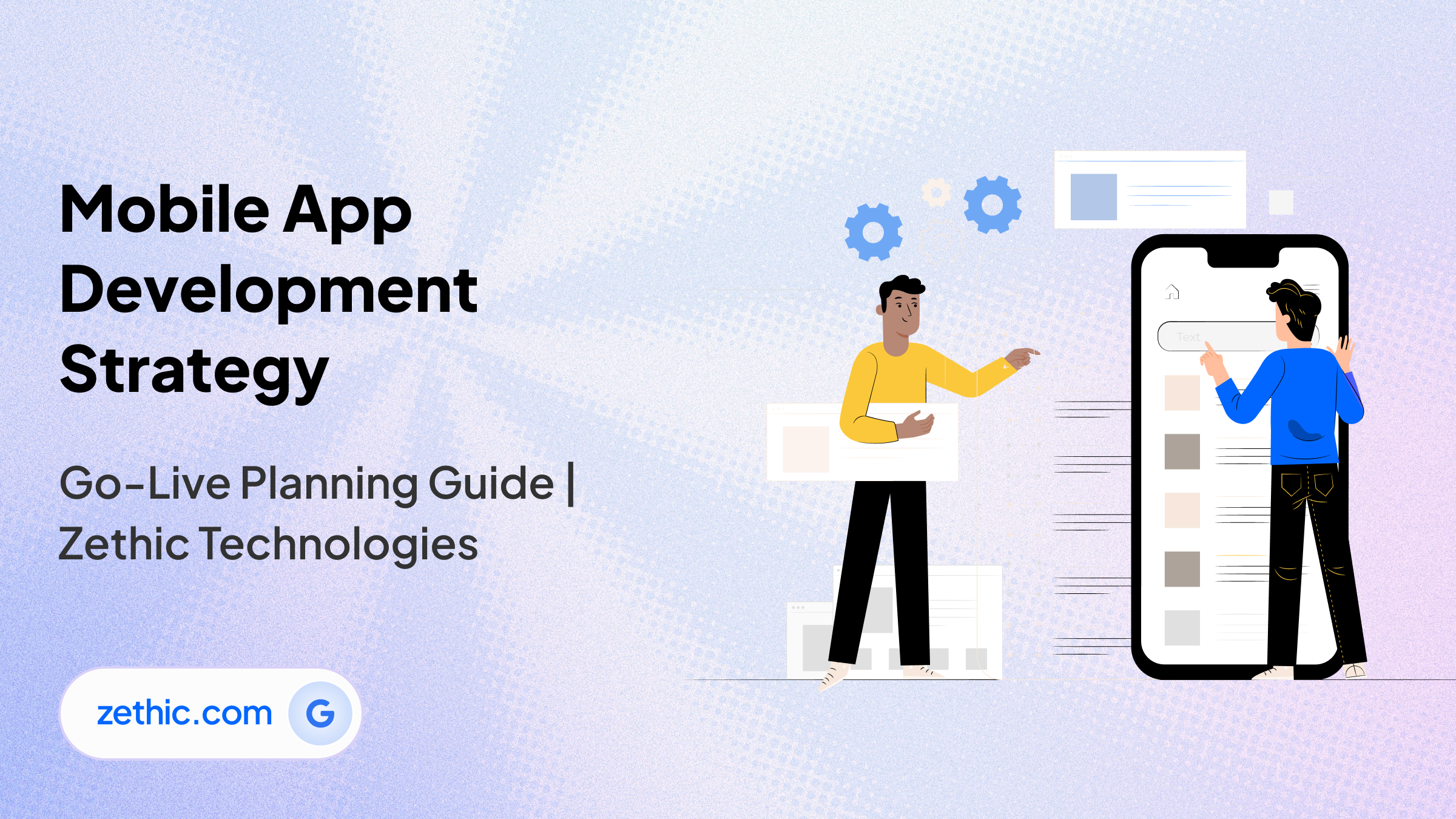
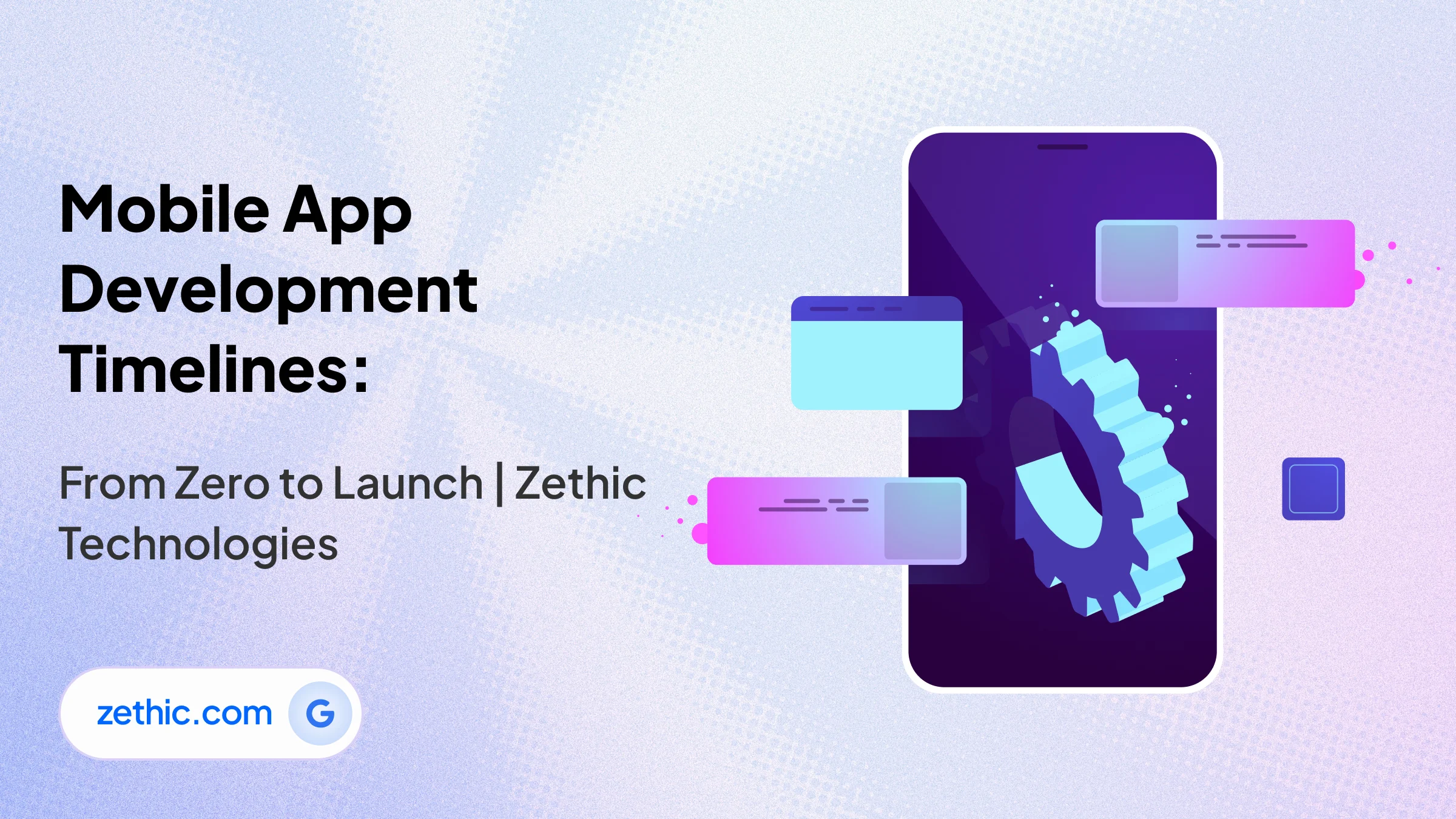
Thank you for your sharing. I am worried that I lack creative ideas. It is your article that makes me full of hope. Thank you. But, I have a question, can you help me?
Thanks for sharing. I read many of your blog posts, cool, your blog is very good.
Thank you for your sharing. I am worried that I lack creative ideas. It is your article that makes me full of hope. Thank you. But, I have a question, can you help me?
Thank you for your sharing. I am worried that I lack creative ideas. It is your article that makes me full of hope. Thank you. But, I have a question, can you help me?